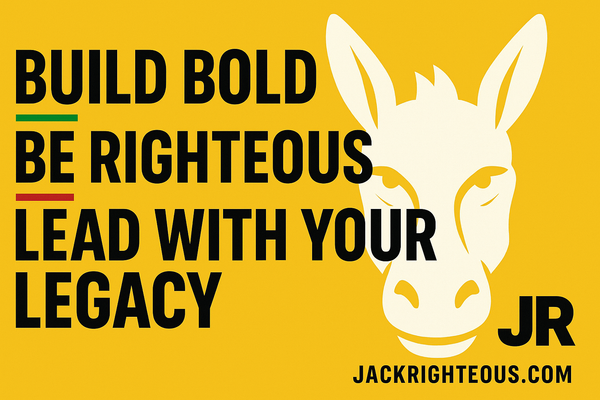When to Make Your GPT Public vs Private
Gary WhittakerShould You Make Your GPT Public or Keep It Private? Here’s What Creators Need to Know
✍️ You Built a GPT. Now What?
If you’ve created a custom GPT — or you’re thinking about it — you’ve probably asked this question:
“Should I make this public, or keep it private?”
There’s no one-size-fits-all answer.
But if you’re building a GPT to support your brand, mission, or audience — the choice you make will shape how people experience your work.
In this guide (Part 3 of our series on custom GPTs), we’ll break down what “public” vs “private” really means, when each one makes sense, and how to decide what’s right for you.
🔒 Private GPTs: Your Personal AI Engine
A private GPT is only visible to you (or your team, if shared directly). It doesn’t show up in search. It’s a behind-the-scenes tool.
💡 Why Keep It Private?
-
You’re using it for internal planning or execution
-
You want to test your prompts or logic before public release
-
You’re still refining tone, structure, or use cases
-
It includes sensitive strategy or brand IP
Think of a private GPT as your creative command center. You can use it to:
-
Write lyrics, scripts, or content in your exact style
-
Plan launches, email campaigns, or weekly content calendars
-
Generate ideas you don’t want public (yet)
✅ Best for: creators still building or those who want their AI to work for them — not others.
🔓 Public GPTs: Tools That Build Authority
A public GPT is searchable and shareable. It has a permanent URL (like this one) and anyone with ChatGPT Pro can try it.
💡 Why Make It Public?
-
You’ve built something that solves a real problem for others
-
You want to establish thought leadership in your space
-
You want to build SEO visibility and grow your audience
-
You want to educate, serve, or support your community at scale
Making your GPT public can drive:
-
Brand awareness
-
Blog traffic
-
Backlinks and shares
-
Deeper trust with your audience
✅ Best for: creators with clear systems who want to help others and grow with purpose.
🔁 What About Doing Both?
You don’t have to choose.
The smartest creators build both public and private GPTs — each with a purpose.
Here’s what that looks like:
| Use | GPT Type | Example |
|---|---|---|
| Internal planning, campaign strategy | Private | Build weekly post rhythm, brainstorm product funnels |
| Audience support, education | Public | Share tools that reflect your method (e.g. brand-building, lyrics, content strategy) |
| Monetization layer | Public → Private | Public GPT teaches core, private version does premium/personalized work |
This dual approach works especially well if you’re stacking GPTs as part of a bigger content or brand system.
🔗 Real-World Examples (Public GPTs That Do the Work)
Here are 3 of my public GPTs — all built with real systems, tested in private first, then shared publicly:
-
🧱 JR Brand Identity Architect
Helps creators define brand tone, values, and messaging. -
✍🏽 JR Righteous Lyrics Lab
Helps AI music creators write message-first lyrics. -
🗓️ JR Content Strategy Planner
Helps creators turn their brand into a sustainable content plan.
Each one was refined in private before going public — so it reflects a system, not just an idea.
🧩 Summary: When to Go Public vs Private
| Use Case | Go Public | Stay Private |
|---|---|---|
| You’re still testing or refining logic | ❌ | ✅ |
| You want to build brand trust & SEO | ✅ | ❌ |
| The GPT is deeply customized to your workflow | ❌ | ✅ |
| You want others to benefit from your framework | ✅ | ❌ |
| You’re planning monetization or premium layers | ✅ (lead magnet) | ✅ (premium tier) |
🔜 Coming Next in the Series:
-
Part 4: How to Connect GPTs to Your Business
-
Part 5: How GPTs Power AI SEO (With Real Examples)
This isn’t about building chatbots.
It’s about building scalable, usable, brand-aligned systems — in public and private — to support the next wave of creator-led growth.
🔗 Catch Up On The Full Series So Far:
-
You are here → Part 3
